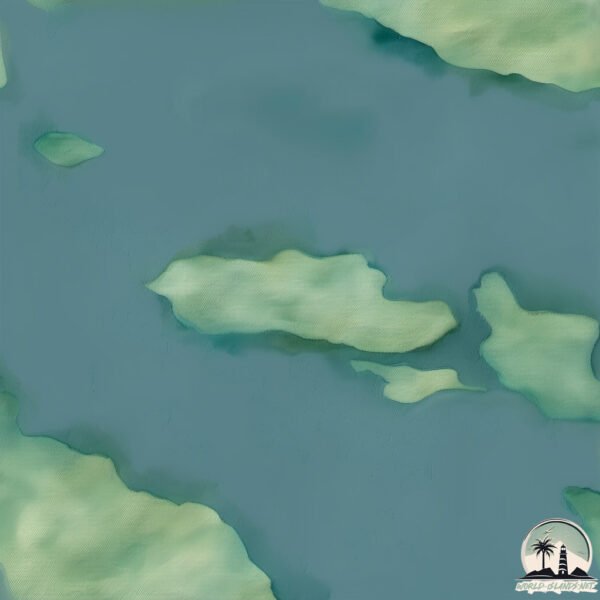Welcome to Charles , a Polar island in the South Pacific Ocean, part of the majestic Pacific Ocean. This guide offers a comprehensive overview of what makes Charles unique – from its geography and climate to its population, infrastructure, and beyond. Dive into the details:
Geography and size of Charles
Size: 5.587 km²Coastline: 19.1 kmOcean: Pacific OceanSea: South Pacific OceanContinent: South America
Charles is a Small Island spanning 5.6 km² with a coastline of 19.1 km.
Archipel: –
Tectonic Plate: Scotia – Situated in the Southern Ocean, surrounding the Scotia Sea, between South America and Antarctica, known for the Scotia Arc and active seismicity.
The geographic heart of the island is pinpointed at these coordinates:
Climate and weather of Charles
Climate Zone: PolarClimate Details: TundraTemperature: Cold
Climate Characteristics: The tundra climate features long, extremely cold winters and short, cool summers. Vegetation is limited to mosses, lichens, and small shrubs due to the low temperatures and short growing seasons. Biodiversity is low, but some specialized species thrive.
Topography and nature of Charles
Timezone: UTC-04:00Timezone places: America/La_PazMax. Elevation: 97 m Mean Elevation: 56 mVegetation: Evergreen Broadleaf ForestTree Coverage: 77%
The mean elevation is 56 m. The highest elevation on the island reaches approximately 97 meters above sea level. The island is characterized by Plains: Flat, low-lying lands characterized by a maximum elevation of up to 200 meters. On islands, plains are typically coastal lowlands or central flat areas.
Dominating Vegetation: Evergreen Broadleaf Forest
Vegetation: 6 vegetation zones – Very Highly Diverse Island
Infrastructure and Travelling to Charles
Does the island have a public airport? no .
Does the island have a major port? no .
The mean population of Charles is 7 per km². Charles is Gently Populated. The island belongs to Chile .
Continuing your journey, Cayetano is the next notable island, situated merely km away.
Charles Island, Milford CT Drone Footage
Reusing an old song because it's one of my favorites! Music: DNZ - Wanderlust If you plan on buying a DJI product, please use ...
Charles Island, Milford CT Drone Footage
Reusing an old song because it's one of my favorites! Music: DNZ - ...
Reusing an old song because it's one of my favorites! Music: DNZ - Wanderlust If you plan on buying a DJI product, please use ...
Urban Legends: The Three Curses at Charles Island, a cursed island supposedly housing lost treasures
Help support my channel! YOUTUBE Join this channel to get access to ...
Help support my channel! YOUTUBE Join this channel to get access to perks like Blogs, Podcasts, Photos and more: ...
The Questionable Legend of Charles Island
Do you believe in the treasure? Updated.
Do you believe in the treasure? Updated.
Chile is classified as Emerging region: G20: Group of Twenty – Major economies comprising both developed and emerging countries, representing the world’s largest economies. The level of income is Upper middle income.
News – Latest Updates and Headlines from Charles
Stay informed with the most recent news and important headlines from Charles. Here’s a roundup of the latest developments.
Loading...
Please note: The data used here has been primarily extracted from satellite readings. Deviations from exact values may occur, particularly regarding the height of elevations and population density. Land area and coastline measurements refer to average values at mean high tide.

